A dog is in the truest sense man’s best friend. As Charles M. Schulz said, “Happiness is a warm puppy.” Bringing a little puppy in your home and family brings in great love, joy, and happiness, but it also brings with it a lot of responsibility. One of the most challenging tasks that dog lovers face is potty training their puppy. A lot of people, especially first time owners are clueless about how to potty train a puppy.
Here is a beginner’s guide on all you need to know on how to potty train your little puppy:
Contents
Schedule for Potty Training A Puppy:
The key to succeeding in potty training a puppy is creating a time schedule for this seemingly mammoth task. It is equally important for dog owner’s to remember and adhere to the schedule they have created. Dog owners should remember that it is very difficult for puppies to hold their urine and should plan their potty training schedule accordingly. As a thumb rule, when you are calculating the duration of your puppies hold time, you may remember that a puppy can wait for an hour more than their age in months. In simple words, if your puppy is two months old, it may hold its urine for a maximum of three hours.
Remember to begin your puppy’s day with a visit outside. Always try to take your dog outside after about fifteen minutes of having a meal. It is also recommended that you try to take your puppy out at an interval of every couple of hours to encourage it towards potty training. And don’t forget to go out at night before you cuddle with him and go to sleep.
The Essential Tools for Potty Training:
Potty training a pup can be really easy if you have the right tools and equipment needed for the task. Here are some of the essential tools that you may consider for potty training:
Potty Training Spray: A potty training spray contains Pheromonal scents that encourage the dog to pee only on the area that you have sprayed.
Potty Tray: Most potty training trays for puppies are made of non-toxic faux grass mats that can be conveniently placed in bathrooms, balconies, patios, and porches. You may also use pee pads to encourage your pup to pee at the same place. A spray may be used to attract the puppy on the pad during the initial stages. A lot of owners also use a training crate or playpen for potty training their furry friend.
Stain Remover: A puppy can go through several “accidents” during the first few days of potty training. Keeping a good stain remover handy will protect expensive carpets and rugs from permanent damage. A good stain remover should also eliminate residual odors so that the pup is not attracted towards its smell again.
Six Easy Steps to House Breaking your puppy:
Housebreaking your tail-wagging bundle of joy can be really easy if you follow these six easy steps:
1. Food routine:
It is one of the most important steps in housebreaking your cuddly canine. If you feed your pup at the exact time interval every day, it results in an automatic schedule of potty training. Remember to give your dog its breakfast, lunch, snack, and dinner at the same time, and your little pup is sure to have a fixed routine of potty training. Also, follow a routine for providing water at regular intervals to your little pet.
2. Keep a record of its patterns and behavior:
Keep a record of your pet’s habits. Note the time it needs to pee or poop that it takes after every meal, drinking water, and sleep. Also, make a note of “pre-elimination” signs and behavior. If your dog needs to go out it will give you clues like sniffing around, pawing around, and waiting by the door, and other behavioral habits.
3. Crate Training:
Crate training is one of the most essential steps of potty training little pups. It is very important for dogs to have a little comfort zone of their own when you are not around.
4. Encourage the good:
Positive reinforcement of good behavior helps not only in humans but also in canines. When your little pup is successful in eliminating outdoors or on its potty tray, encourage it with words like, “Well done!”, “Good Job”, and “Way to Go”; shower it with patting and hugs, and treat it with biscuits, toys, and other favorites!
5. Interrupt the bad:
If you catch your dog in an accident, the best thing to do is interrupt it from continuing. You may give him verbal cues like, “Oops”, “Let’s go to your potty place” and then take it to its designated spot or pee area.
6. Let go of the mistakes:
It is very common for dog owners to lose patience and end up reprimanding the little pup when they make mistakes. However, it is essential to remember to not scold the pup in case of an accident. Also, do not take the pup near its mistake. The only thing to do in case of an accident is to clean up the mess with a stain remover.
Potty training made easy with Potty Pads:
It is not always possible to take your dog outside for potty training and even later for its daily defecation and urine routine. At such times, potty pads are very useful to dog owners.
Here are some tips on how to encourage your puppy to use potty pads:
- Use the potty pad at regular intervals. Develop a pattern of taking it at about every fifteen minutes to prevent accidents.
- Keep watching for “pre-elimination” clues, tell-tale signs, and behavioral patterns.
- Use a potty training spray to help the dog identify the correct spot for doing its “job”.
- Remember to keep the location of the potty pad at the same place. Changes in location confuse the little pup and increase the chances of accidents.
- Don’t forget to treat it after every successful use of the potty pad.
Tips for Housetraining your Puppy with the help of a Crate:
As mentioned earlier, crate training is the key to successful housetraining of your little bowwows. A crate provides your little woolly friend with its own comfort zone, a sense of security and belonging.
Here are some tips to keep in mind when housetraining your puppy using a crate:
- Use a crate which is appropriate to the size of your pup – neither too big nor too small.
- Encourage the pup to use the crate slowly, giving it treats when it succeeds in going to it.
- Use comfortable bedding to make the crate cozy and pleasing for the baby canine.
- Place the puppy’s favorite toys and blankets inside the crate to attract the pup to the crate.
Do not rush the pup into accepting the crate as its new home. A few words of encouragement will go a long way in helping the puppy get accustomed to the crate.
Once the pup identifies the crate as its preferred spot, it will become easier for you to housetrain it. Like all creatures, most dogs will avoid soiling their favorite place. At this stage, it is very important for a dog owner to remember to take their pup outside at regular intervals.
Potty Training Problems for Puppies:
Potty training is a daunting task for both you and your cuddly pal. There may be many accidents while you are potty training your potty.
If you are experiencing frequent accidents and are worried that about potty training issues, here are some problems that you may consider:
- The puppy is alone when his bladder is filling up.
- The crate is either too big or too small.
- Your puppy is being left alone in the crate for a very long time.
- The interval between bathroom breaks is too long.
- You are not paying enough attention to your puppies “pre-elimination” behavior.
- You are not clearing up the mess well enough, which leaves behind a urine smell that attracts the pup to urinate at the same spot again.
- You are not patient enough with the little pup.
Potty training is a long process:
Dog owners should commence with potty training their cuddly pup as early as possible. The right age to start potty training is when the pup is about 8 to 12 weeks old. This helps inculcate good habits and discipline from an early age. Potty training is a time-consuming process. Many dog owners often lose patience and wonder “How long does it take to potty train a puppy?” While most puppies take approximately 4 to 6 months to get potty trained, some pups may be quick learners.
It doesn’t really matter if you are an experienced owner or a first time owner, puppy potty training needs patience and perseverance. Your little pup is your best friend; be sure to be his best friend when you are potty training your adorable doggy.
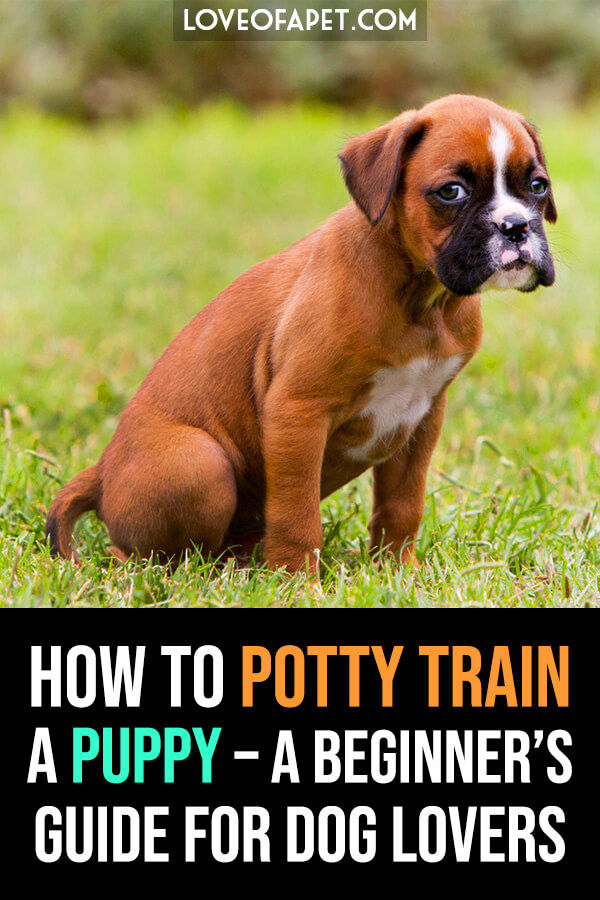
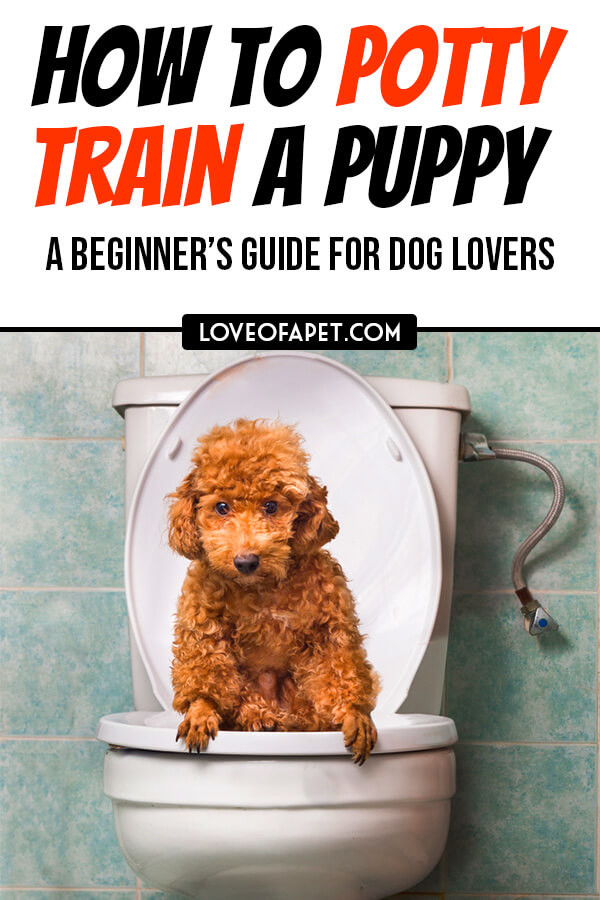

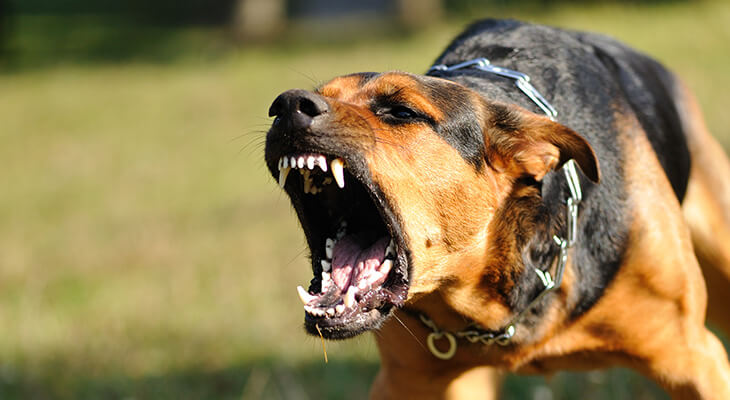
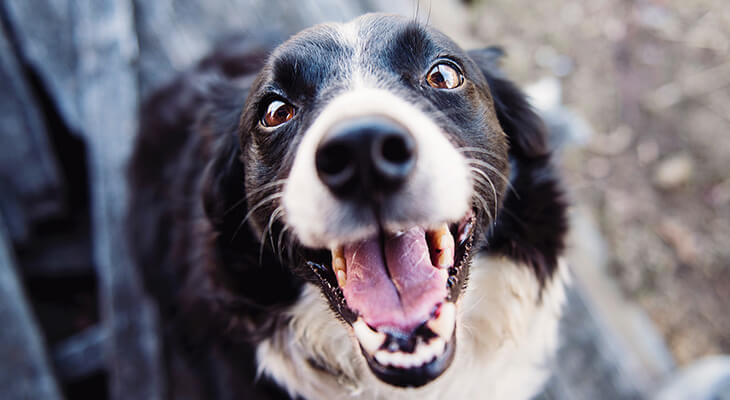
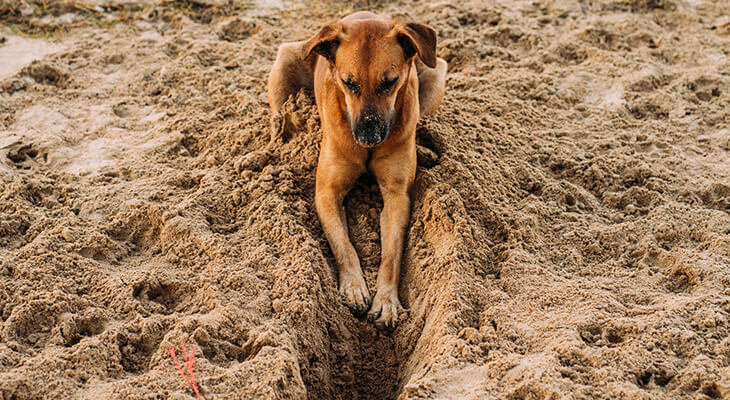
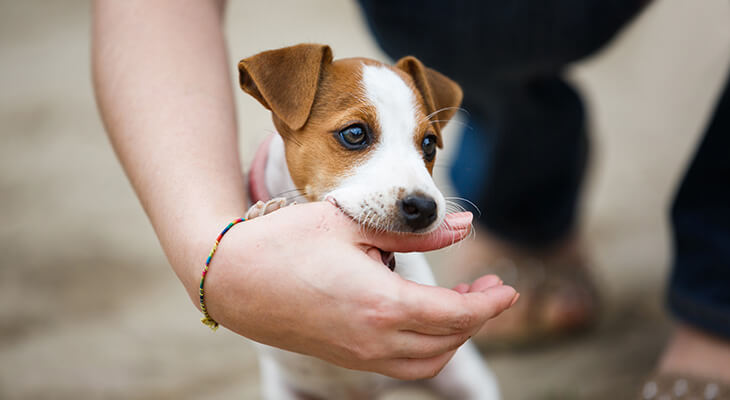
Thank you for your tips ill try a bit longer.To potty train him hes 5 months a jack russell.